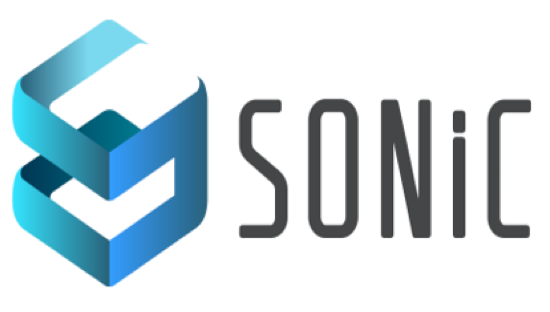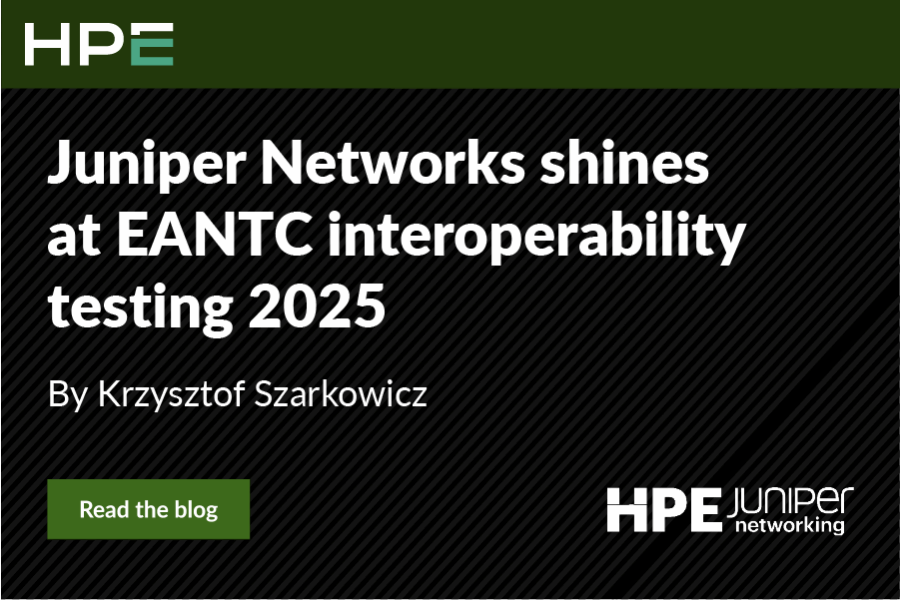At the Open Compute Project (OCP) Global Summit in San Jose, CA earlier this month Juniper further demonstrated its commitment to open programmability with integrations with Software for Open Networking in the Cloud (SONiC) and Switch Abstraction Interface (SAI) on Juniper single and multi-PFE platforms.
Launched in 2011 by Facebook and others, OCP is a collaborative community focused on developing and sharing technology to support the growing demands placed on cloud data centers worldwide. Although OCP has its roots in hardware, it is increasingly incubating firmware and software projects as well. SONiC is one such initiative seeded by Microsoft, while SAI is a related initiative seeded by Microsoft and others to standardize APIs to program silicon.

With the introduction of Azure in 2010, Microsoft has rapidly emerged as one of the largest cloud providers in the world. To meet challenges in building and managing a high performance, highly available and secure network, Microsoft introduced SONiC, a network switch operations and management platform. Microsoft has since open-sourced SONiC and SAI to the broader networking community, with a growing ecosystem of infrastructure vendors and cloud providers using the standards. SONiC solves problems that cloud providers experience running switches from different vendors, with the ultimate goal of managing switching and routing infrastructure as easily and simply as managing servers.
At the OCP Summit, we articulated our design philosophy for Juniper software and how we interact with various open source initiatives. In addition, we demonstrated two native integrations: SONiC on a single-packet forwarding engine (PFE) using our QFX5200 and QFX5210 switches; and SONiC on a multi-PFE using our PTX10003 and a Juniper hardware abstraction layer (HAL) container. We also demonstrated how customers can take advantage of our industry-leading routing stack by using cRPD (containerized routing protocol daemon), which is agnostic toward the underlying network operating system, whether Linux or SONiC. This opens up additional possibilities to run and scale large data center networks: SONiC running on our PTX10003 can scale up to 2M routes in the FIB! By integrating Juniper’s routing stack onto SONiC, we provide customers with a vendor-supported routing option with a broad array of features and management and operational capabilities. These enhancements allow SONiC to address new roles such as dense spine and aggregation that previously were not adequately supported.
We will contribute to the SONiC/SAI open source community wherever opportunities arise. But integration with SONiC is just the latest manifestation of our decades-long pursuit of disaggregation and openness. This strategy has given our customers more choice and flexibility to harness the innovative power of their own organization and the larger industry ecosystem:
- Juniper has led the industry in software/hardware disaggregation. This separation allows Junos to focus solely on control plane activities without regard for packet forwarding engines and switch silicon resulting in faster time-to-innovation for all parties.
- Juniper was the first networking vendor to announce that it was disaggregating optical line system (OLS) hardware from network control software. Closed, proprietary optical transport networks that bind transponder, OLS and control software together have been placing unnecessary cost and agility penalties on service provider networks.
- Our integration with Facebook’s Open/R allows Facebook to use Juniper’s industry-leading infrastructure and protocols where they want, while maintaining the ability to program routes for specific traffic that requires special treatment.
- P4 is an open-source initiative designed to provide a declarative language for interacting with networking forwarding planes. By supporting a P4 agent across the entire portfolio – ranging from the highest-end platforms to virtualized form factors – Juniper has allowed for ubiquitous control. And by making both the OS and the agent common, the integration burden is minimized, allowing for easy portability across different platforms.
The theme of this year’s OCP Summit was “Open.Together.” When we all work together – vendors, cloud providers, network operators – our end customers win and, therefore, the industry wins. The line between vendor and consumer is blurring. OCP and other like-minded organizations develop open standards, both hardware and software, while companies such as Juniper bring their own unique capabilities and proprietary technology to build, assemble and integrate compelling solutions for customers. This means vertically integrated solution stacks for customers who prefer to buy the bundle, or disaggregated infrastructure that presents al la carte options for customers who desire more precise control over their specific requirements and have the resources to implement it themselves. No one wants to pay for features that they’re not going to use.
At Juniper Networks, disaggregation is both a strategy behind many of our efforts and an engineering principle that underscores virtually every architectural decision we make. It is an explicit part of our roadmap and an implicit directive to our engineering teams. Juniper will continue to “move fast and be open,” lead the development of networking infrastructure and how it’s delivered to the market and facilitate the sharing of ideas across communities of interest that ultimately helps our customers innovate easier and faster.

























